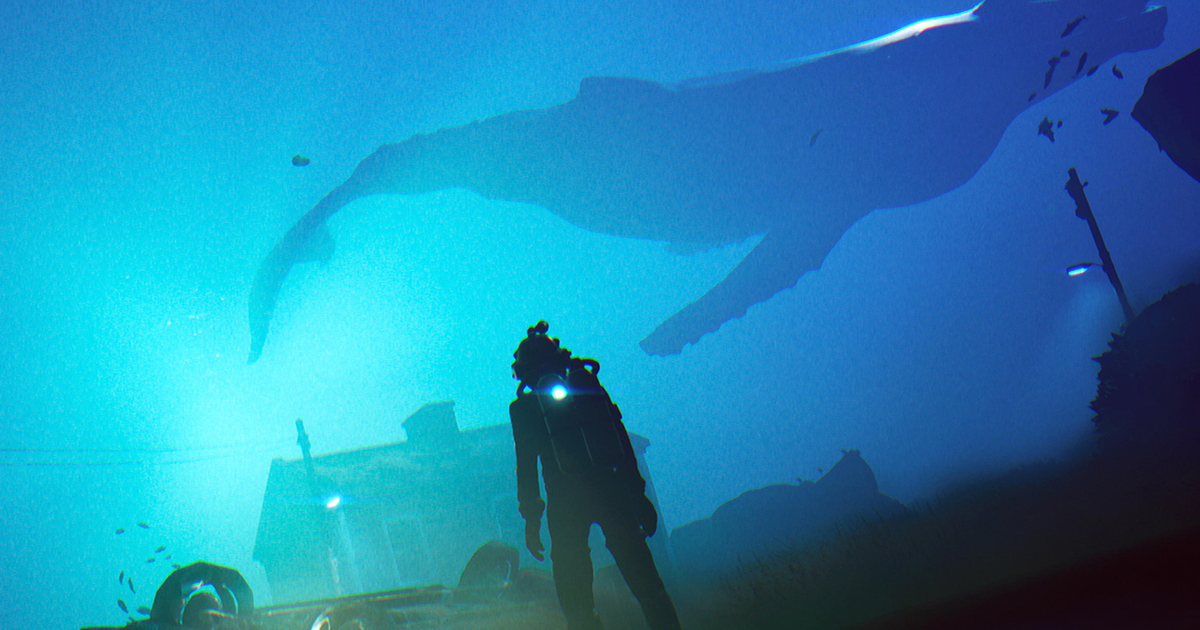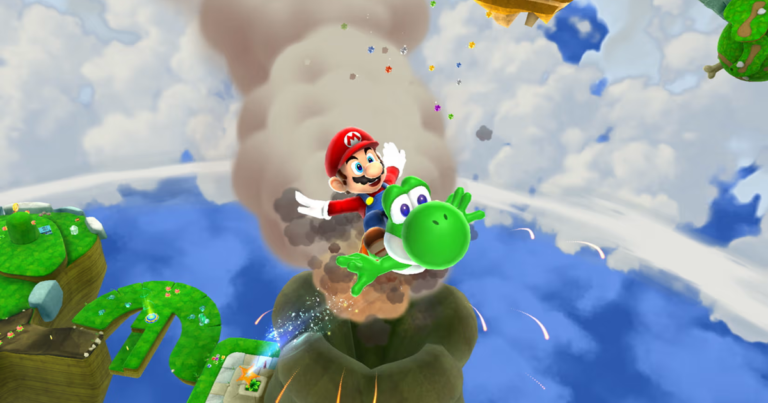
Founded by David Cage and producer of games like The Nomad Soul, Fahrenheit, Heavy Rain, and Beyond: Two Souls, the French company Quantic Dream holds a prominent space in the realm of adventures and narratives with outstanding audio and cinematic components. Beyond aiming to evoke emotions, these games also seek to deepen relationships between human beings, sometimes with the world they inhabit. Dreams and nightmares converge in them, in a supernatural dimension wanting to tell something more, but there is also room for daily routines, the operations of a type of activity capable of nurturing interaction and keeping the player engaged in some task.
Under the Waves fits into these molds. Produced by the French Parallel Studio and published by Quantic Dreams, it draws heavily from its publisher’s influences. The bottom of the ocean, equipped with minimal conditions to temporarily house a human being entrusted with the maintenance of various devices and cables, can be a perfect place to develop a narrative. Linking a family dimension or any trace of trauma or feeling to eradicate in those depths to the professional setting gives them even more resonance, especially when the world of dreams and the supernatural appear in sleep and daily tasks.
It’s not a game abundant in great values. Technically, we are facing a production that easily reveals its limits, especially when played on a recent platform like the PlayStation 5. There are minor deficiencies in contact with objects at the bottom of the sea, and when there is an accumulation of objects, the frame rate tends to suffer. Nevertheless, there is a remarkable production of things at the bottom of the sea, with its irregular and mountainous background serving as small hiding places and more secluded locations. Most of the interactable objects are flagged at a short distance, with immediate identification, and the same goes for missions leading to a linear progression. Framed in a kind of maintenance tasks of the devices placed there, regular missions add up to unforeseen events, to what happens on the surface of the waves, like the cargo ship dropping containers into the sea.
Exploration in an open-world style
The bottom of the sea is that place portrayed in science fiction literature, through Jules Verne, and a handful of games that have explored it, like Abzu or Endless Ocean. The highlight in Under the Waves is indeed exploration. The action takes place in the North Sea, and the player takes on the role of a diver named Stanley. It’s a solo and lonely journey, although there is a radio connection with UniTrench, responsible for exploring the seabed and extracting oil. The diver’s activity is part of a series of routines. For this, he has a small submarine called Moon, capable of transporting him anywhere at the bottom without much difficulty.
The station where he rests is underwater. It has a room and a small resting area, as well as a storage area for goods necessary for exploration and a small object construction table. From repair kits to air pumps made from plastics and organisms generated at the bottom of the sea, it is possible to make some crucial objects for maintaining life in those conditions. Even a camera is provided to take pictures of the monsters and large cetaceans that pass by.
In routine tasks, Under the Waves operates within normality and what can be described as an entertainment standard. The player adjusts the ideal oxygen pressure by regulating the operation cylinders. He promotes the cleaning of the ocean floor by collecting metal and plastic pieces. Identifies a set of containers. All routine missions. However, the best phase occurs when Stanley deviates from maintenance tasks and pursues some mysterious signals, such as when he enters a sunken submarine in the depths, corroded, chasing the dazzling light of a jellyfish.
Hallucinations, dreams, and nightmares
The contacts that Stanley maintains through the outside, by the company operating there and also by his ex-wife, initially refer to relatively trivial matters, both at the business and personal levels. But as the days at depth accumulate and merge into a single segment, the diver is increasingly affected by visions, dreams, and nightmares. The narrative thread takes on new contours, especially the family drama that affects the protagonist and how he tried to get rid of it by choosing that job. He discovers that it only served to exacerbate it.
On the other hand, the protagonist also questions the company’s motives when he realizes that many incursions and much of its activity impact the ecosystem. The adventure is not grand, and in a few hours, it is enough to successfully fulfill some intentions for which it is a candidate, mainly the feeling of isolation and loneliness at the bottom of the ocean.
Impressions of Under the Waves
The soundtrack, composed by Nicolas Bredin, is remarkable. Thanks to melodies that echo in key moments of the narrative, it further cements this feeling of isolation, a total immersion driven by the unusual events experienced by the protagonist. There are phases of some suffocation and tension when the oxygen bottles run low, and beyond the mission’s completion, the character’s life is at risk. It’s not that the difficulty is high. Some careless mistakes are enough to lose a life and have to repeat some sections, but it can’t be said that there is a lack of interest in continuing.
Exploration and Atmosphere
Despite its modest budget and some criticisms regarding markers and the presentation of the ocean floor map, Under the Waves is a game that captivates players through its narrative and the human dilemmas faced by the protagonist. The realistic character movements, swimming mechanics, and interactions with machines add to the immersive experience. While the gameplay may feel routine at times, the exploration moments deepen the mystery and leave a lasting impression on players.
### Highlights
– Well-constructed narrative
– Detailed reproduction of the ocean floor
– Evokes a strong feeling of isolation
### Criticisms
– Short narrative
– Some issues with detecting movements
– Occasional frame rate drops
– Errors in autosave functionality



